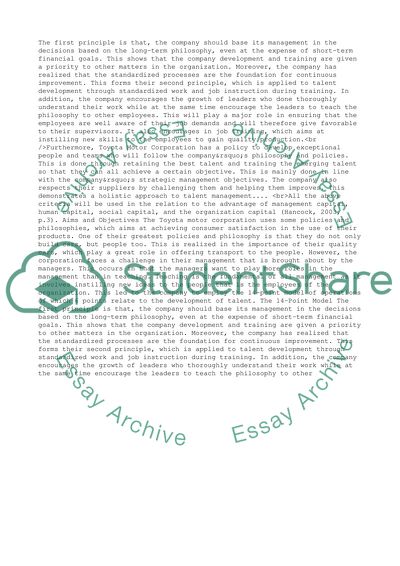Cite this document
(“Strategic Development of Managing Global Talent Essay”, n.d.)
Retrieved from https://studentshare.org/management/1398077-strategic-development-of-managing-global-talent
Retrieved from https://studentshare.org/management/1398077-strategic-development-of-managing-global-talent
(Strategic Development of Managing Global Talent Essay)
https://studentshare.org/management/1398077-strategic-development-of-managing-global-talent.
https://studentshare.org/management/1398077-strategic-development-of-managing-global-talent.
“Strategic Development of Managing Global Talent Essay”, n.d. https://studentshare.org/management/1398077-strategic-development-of-managing-global-talent.


